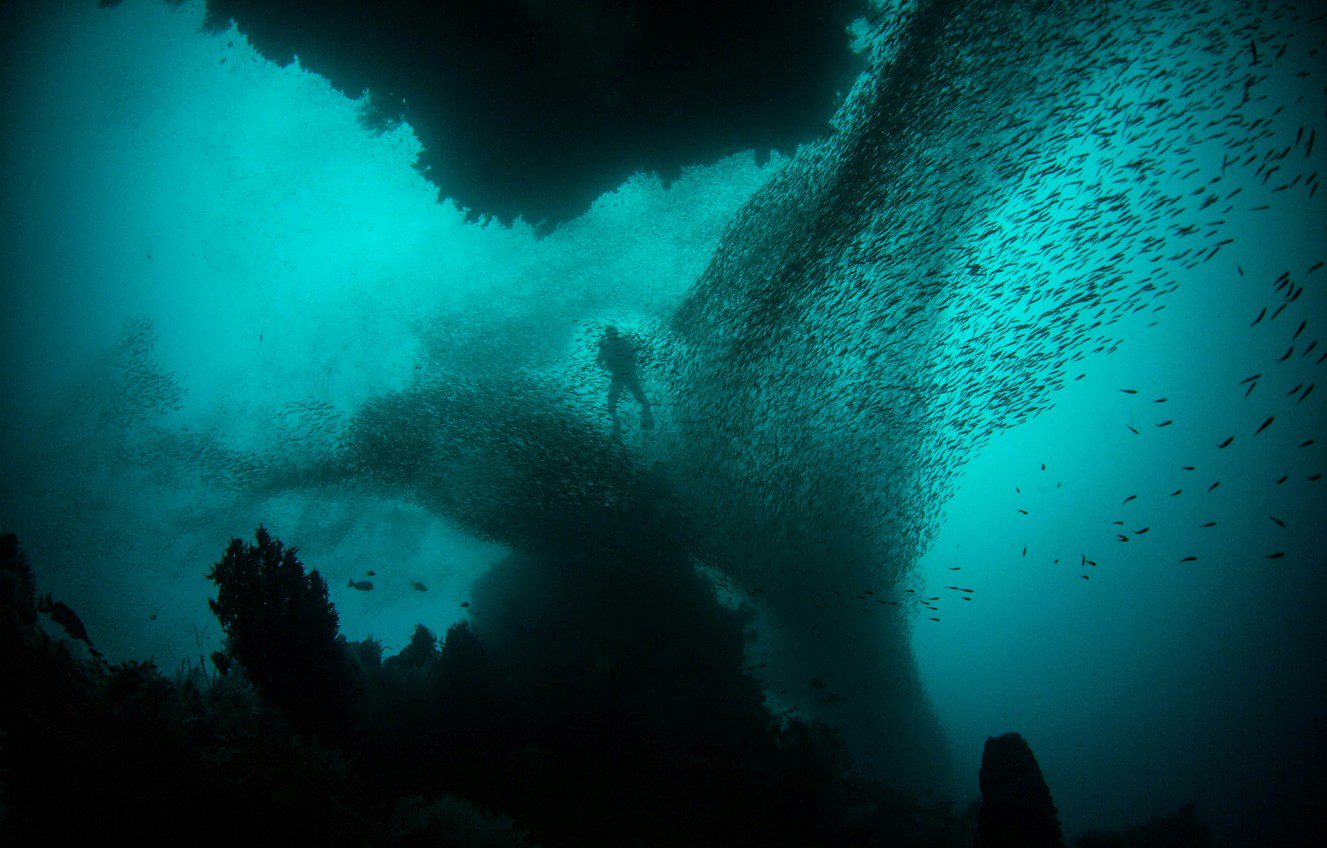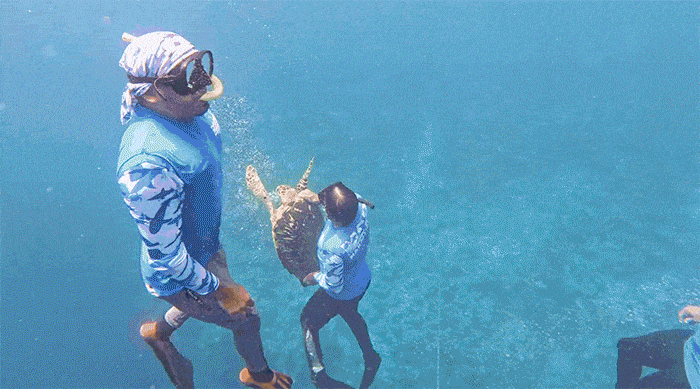Seagrass
Underwater Plant Shaping Our Oceans
Seagrasses are flowering underwater plants that grow in shallow, salty, or brackish waters across the globe, from tropical coasts to Arctic regions. Although they resemble grass, seagrasses are more closely related to lilies. They perform photosynthesis just like land plants, using sunlight filtered through coastal waters to create energy.
Supported by the buoyancy of water, seagrasses don’t need strong stems to stand upright. Instead, their long green blades drift gently with the currents, forming lush underwater meadows that support countless marine species.
Why Seagrass Meadows Matter?
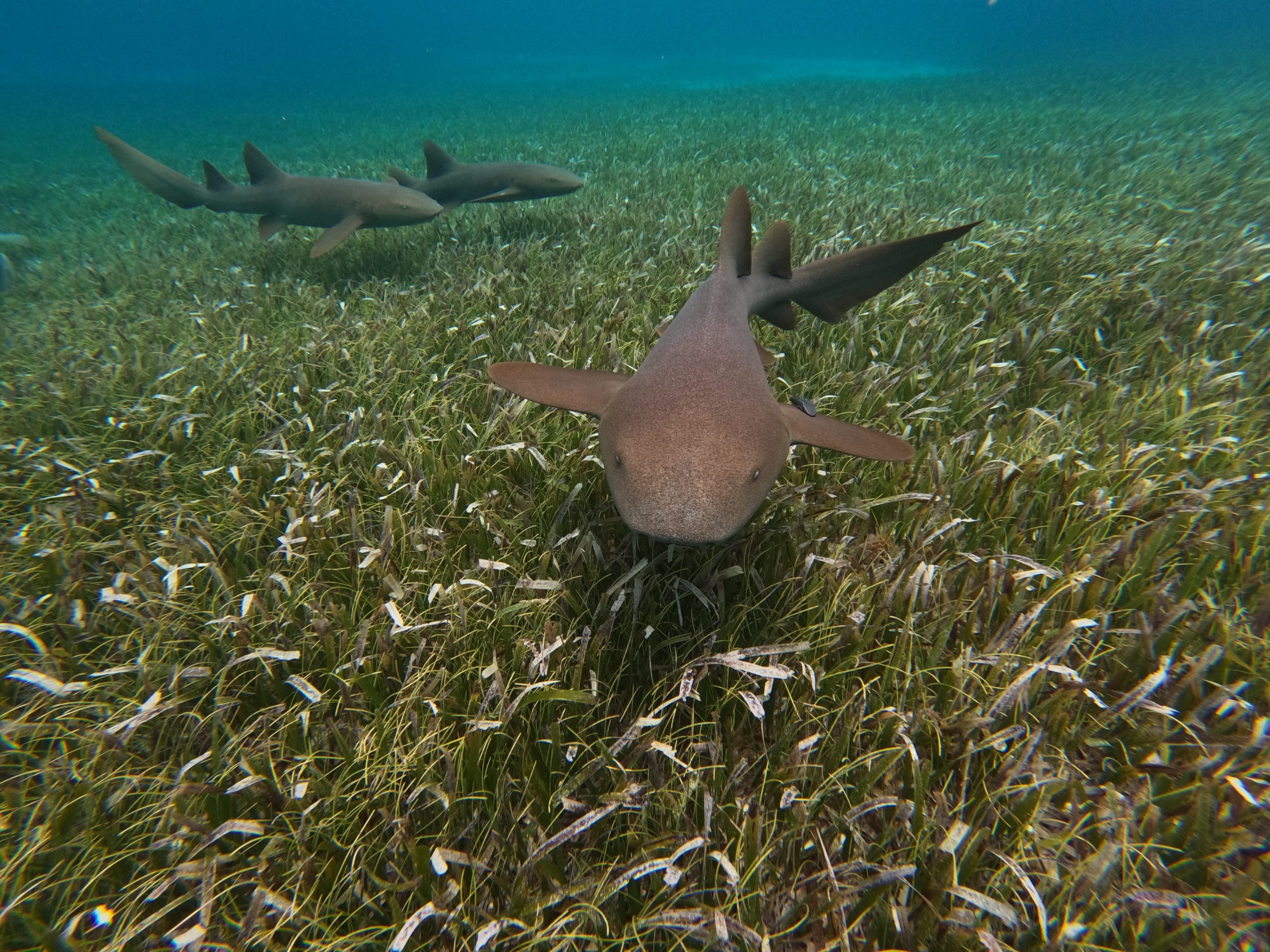
1. Crucial Habitat for Marine Life
Seagrass beds serve as nurseries and feeding grounds for a huge variety of marine animals, including:
- Crabs, shrimp, and small invertebrates
- Fish like snapper and seahorses
- Sea turtles, manatees, stingrays, and marine birds
By offering both shelter and food, seagrasses support rich marine biodiversity and form the base of complex ocean food webs.
2. Natural Water Filters and Erosion Fighters
Seagrasses are often called ecosystem engineers because they actively shape their environment:
- Their leaves slow water currents and trap sediment, improving water clarity
- Roots anchor the seafloor, reducing erosion and storm damage
- They absorb excess nutrients and pollutants, helping clean up runoff from land
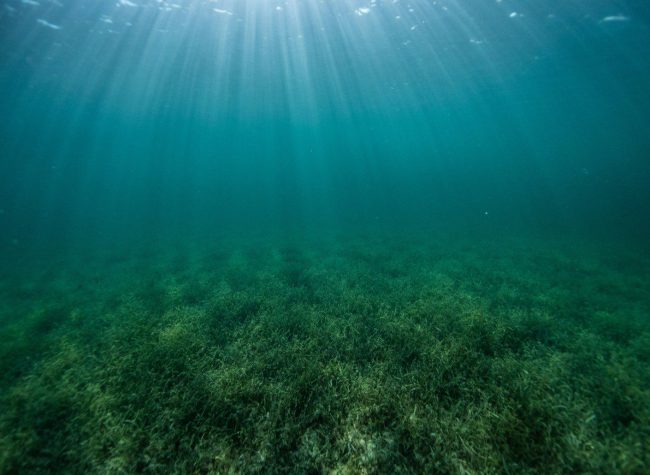

3. Vital Role in Coastal Food Webs
Seagrasses are essential at every stage of the food chain:
- Large grazers like green sea turtles and manatees feed directly on live seagrass
- Decaying blades support detritivores like bacteria, worms, and amphipods
- Dead leaves and organic matter drift into other ecosystems, even feeding life in the deep sea
Seagrass meadows connect marine ecosystems and ensure food availability for both wildlife and people.
4. Seagrasses and Blue Carbon: A Climate Solution
Seagrasses play a major role in carbon capture and storage. As they grow, they absorb CO₂ and store it in their leaves, roots, and especially in the sediment below them.
This “blue carbon”, carbon stored by ocean ecosystems, can remain trapped for centuries. Seagrass ecosystems are estimated to capture up to 83 million metric tons of carbon annually.
Protecting and restoring seagrasses not only supports marine biodiversity but also offers a powerful nature-based solution to climate change.
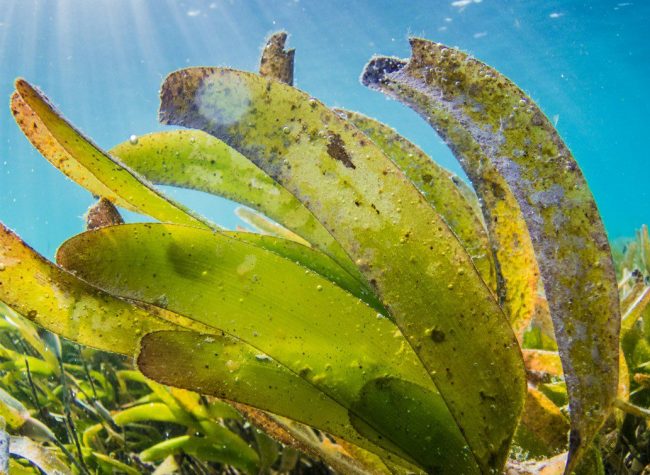
One square meter of healthy seagrass can also produce up to 10 liters of oxygen per day, earning them the nickname “lungs of the sea.”
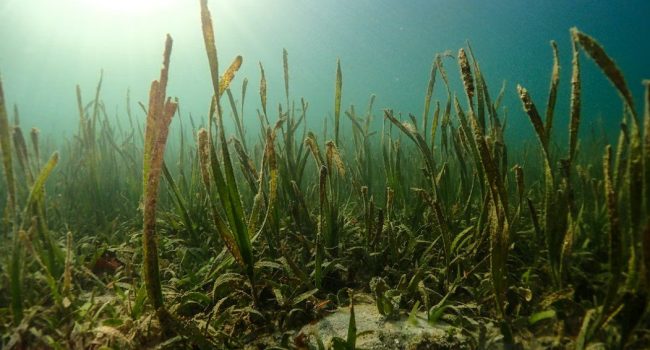
How Do Seagrasses Reproduce?
Clonal Growth
Seagrasses expand using rhizomes, thick, root-like structures under the sediment that send out new shoots. This allows meadows to spread across the seafloor. In fact, the oldest known living plant on Earth is a seagrass: Posidonia oceanica, found in the Mediterranean and estimated to be up to 200,000 years old.
Sexual Reproduction
Seagrasses also reproduce by flowering and producing seeds:
- Pollen is released into the water and travels via currents to fertilize female flowers
- Some tiny marine animals, like worms and amphipods, may act as accidental pollinators, similar to how bees pollinate land plants
- Seeds grow into new plants, helping restore and maintain meadow health
This dual strategy, both clonal and sexual reproduction, gives seagrasses resilience and adaptability across diverse marine environments.

Why We Need to Protect Seagrass Ecosystems?
Seagrass meadows are one of the most productive ecosystems on the planet, yet they are rapidly declining due to coastal development, pollution, and climate change.
Their loss threatens:
- Marine biodiversity
- Local fisheries and food security
- Shoreline protection
- Climate mitigation through blue carbon
Conserving seagrass habitats is essential for both ocean health and human well-being. By protecting these underwater meadows, we safeguard vital ecosystem services and contribute to a healthier planet.

